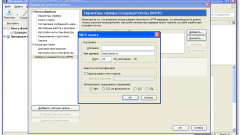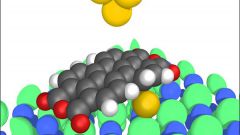Instruction
1
Most often, acute pyelonephritis is manifested by pain in the lumbar region, increased body temperature, impaired urination and intoxication syndrome. Often these symptoms are mistakenly attributed to other disease: influenza, cholecystitis, appendicitis, etc. the result is inappropriate care that can improve health, but not able to completely cure the pyelonephritis. Untreated, the disease becomes chronic, in which symptoms are not as pronounced and from time to time not cause much concern. This leads to the development of serious complications, the fight against which is not always successful.
2
The appearance of the above symptoms give a urine sample. This is necessary even if the doctors have ruled out a kidney infection and started treatment from another disease. The presence in the urine of bacteria and white blood cells indicates diseases of the genitourinary system, which is a pyelonephritis. In case of deviations in the overall analysis of the hand over the urine cultures done. This will help confirm the diagnosis, identify the causative agent and to appoint adequate treatment.
3
Give blood for General analysis. Increase in ESR and white blood cells with a shift formula to the left may indicate pyelonephritis. In some cases, detected and even anemia.
4
Pass ultrasound. On pyelonephritis may indicate kidney growth and limiting their mobility. This is especially noticeable with unilateral inflammation.
5
For the final confirmation of the diagnosis requires review of x-rays. A sign of pyelonephritis is a change in the size of kidneys, the fuzziness and roughness of contours, the presence of shadows of stones, compression of the Cup-pelvis-plating system. Excretory urography completes a survey and allows to detect the violation of the outflow of urine.





